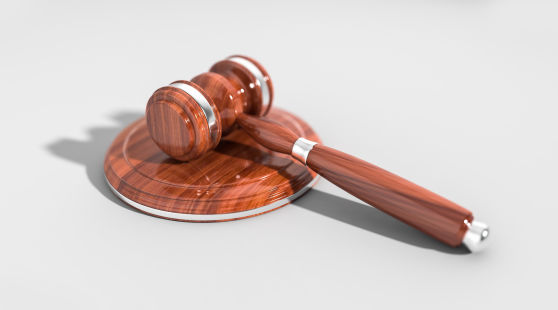
The framers of the Constitution sought to remove the president from direct popular control through an indirect selection mechanism. The Electoral College was to be the primary mechanism for choosing the president, its members selected by the various states to exercise informed (and elite) judgment concerning the selection of the president.
The argument that the electoral college would exercise independent judgment has largely proven to be incorrect, as the electors are chosen by the party of the state election winner, and they are typically party loyalists who are highly resistant to arguments that they do anything other than vote for the party.
But the Electoral College as a mechanism for aggregating votes remains important and influential today. For example in in both 2000 and 2016 the Electoral College process led to the selection of a candidate who won fewer votes nationwide. My goal in this module is to help you understand how the Electoral College operates, and why it can produce outcomes of this sort. I’ll also suggest a few thoughts concerning proposals for reform and the advantages and disadvantages of changing the way presidents are chosen.